THANG LONG IMPERIAL CITADEL - A HISTORICAL CAPITAL FOR ALL TIME
- Author: Admin
- | Travel experience
Where is Thang Long Imperial Citadel located?
Thang Long Imperial Citadel is strategically located in the center of Hanoi, the capital city of Vietnam. This geographical positioning is significant, as the citadel served as the political and cultural nucleus during various historical periods. The site stretches over several hectares, encompassing ancient walls, palatial structures, and archaeological remnants that speak volumes about its grandeur.

Geographical Significance
Hanoi itself is located in the northern region of Vietnam, making it a crucial hub for trade and governance. The site's elevation, along with its proximity to the Red River, provided both natural defense mechanisms and economic advantages. Historically, the citadel was easy to access from different regions, facilitating interactions among various cultures and fostering the exchange of ideas.
Being situated in a valley surrounded by mountains, the citadel benefited from a strategic military vantage point. These geographical traits not only contributed to the citadel’s defensive capabilities but also enhanced its status as a central power. As dynasties rose and fell, the site remained at the heart of political machinations, ruling families, and cultural advancements.
Accessibility Today
In contemporary times, Thang Long Imperial Citadel remains accessible for both locals and tourists. Its location in downtown Hanoi ensures that visitors can easily explore not just the citadel but also other historical sites nearby. The bustling streets, vibrant markets, and rich street food culture surrounding the area provide a perfect backdrop for one’s journey through history.
Visitors can arrive via various modes of transport, including buses, taxis, and even bicycles. This accessibility contributes to its role as a popular educational destination for students, historians, and tourists alike. In essence, the geographical position of Thang Long Imperial Citadel continues to play an instrumental role in how it is perceived and experienced today.
Overview of the site
Thang Long Imperial Citadel encompasses a rich tapestry of architectural marvels, archaeological wonders, and historical landmarks. Its layout reflects the influences of various dynasties that shaped its structure over centuries. Each section of the citadel carries its own narrative, contributing to the broader story of Vietnam's imperial heritage.
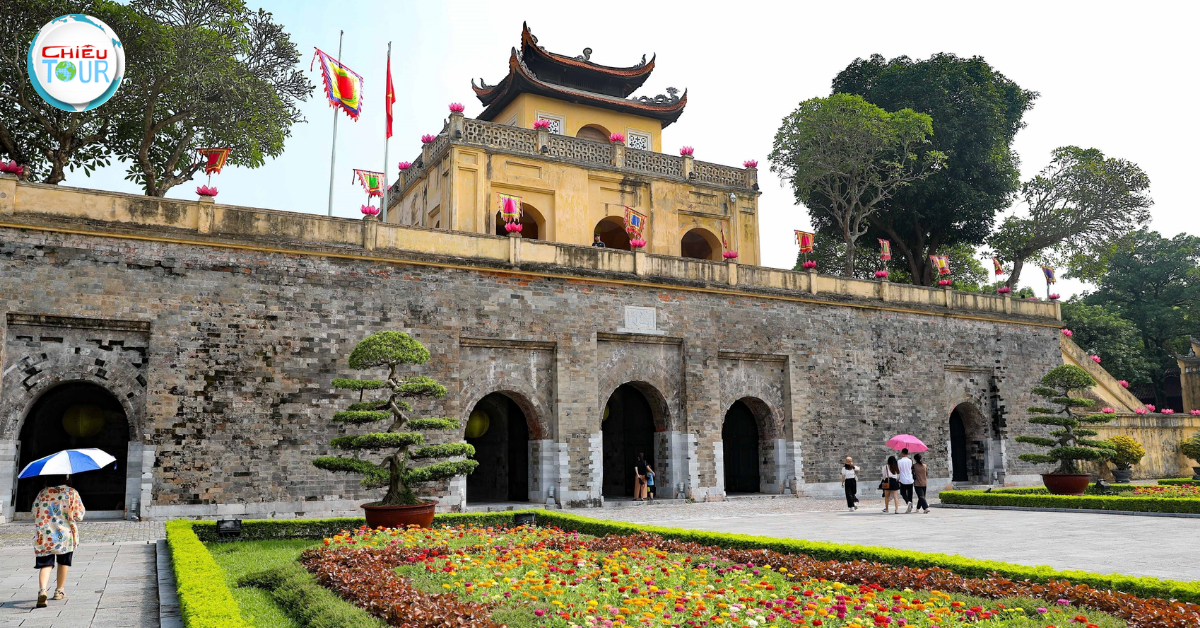
Architecture of Thang Long Imperial Citadel
The architecture of Thang Long Imperial Citadel is a harmonious blend of traditional Vietnamese elements and influences from Chinese and French styles. The layout follows the typical design of ancient Vietnamese citadels, featuring thick walls made of earth and bricks, moats, and distinct gates that symbolize entry points to different realms.
The grandiosity of the citadel can be felt through its numerous structures, including palaces, temples, and ceremonial spaces. Each building serves its purpose while showcasing exquisite craftsmanship. Particularly notable are the intricate carvings and ornamental motifs used throughout the site, which highlight the artistic skills of Vietnamese artisans.
Vietnamese architecture has historically evolved through interactions with neighboring cultures, and this influence is evident in the designs within the citadel. For instance, the Kinh Thien Palace Foundation showcases characteristics typical of Confucian architecture, such as symmetrical layouts and use of red lacquered wood. These features underscore the cultural significance of the palace as a space dedicated to the emperor and his court.
Key Structures Within the Citadel
Among the architectural highlights are the Hau Lau (Rear Palace), the North Gate, and the Doan Mon Gate. Each of these structures plays a vital role in understanding the social hierarchy and administrative functions of the citadel.
- Hau Lau (Rear Palace): This area served as the retreat for emperors and their families, embodying royal luxury and privacy. Its serene gardens and elegant pavilions showcase the importance of nature in Vietnamese culture. Visitors can appreciate the tranquil environment that once offered refuge from the demands of governance.
- North Gate: Serving as one of the main entrances, the North Gate is adorned with intricate decorations that depict auspicious symbols of prosperity and fortune. This gateway exemplifies the concept of "feng shui," reflecting the belief that architecture should align harmoniously with nature.
- Doan Mon Gate: Another key entrance, Doan Mon Gate signifies the transition from the outside world into the sacred space of the citadel. Its imposing structure greets visitors with an aura of majesty, reinforcing the notion of the citadel as a seat of power.
These structures collectively narrate the story of Vietnam's past while offering insights into the architectural prowess of its builders. As a whole, the architecture of Thang Long Imperial Citadel stands as a remarkable representation of Vietnam’s historical evolution.
What is special about Thang Long Imperial Citadel?
The significance of Thang Long Imperial Citadel extends far beyond its physical structures. It is a place imbued with deep historical value, serving as a repository of memories, achievements, and lessons learned over centuries. From its archaeological finds to its monumental buildings, every aspect of the citadel tells a unique story.
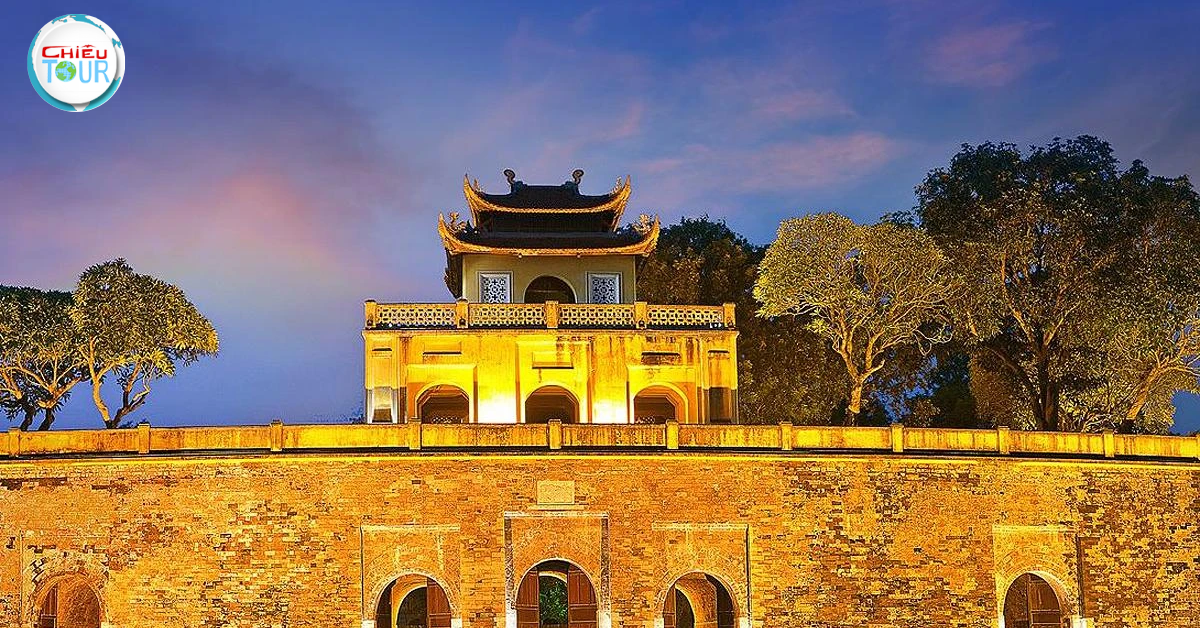
Archaeological Site at 18 Hoang Dieu
One of the most intriguing aspects of the Thang Long Imperial Citadel is the archaeological site located at 18 Hoang Dieu. Excavations have revealed layers of history that date back over a millennium, showcasing the site's continuous occupation and development.
This archaeological site is particularly special because it offers profound insights into the daily lives of those who lived in the citadel. Artifacts discovered here include pottery, tools, and coins, each of which provides a glimpse into the socio-economic conditions of the time. Every item unearthed adds a piece to the puzzle of Vietnam's historical narrative.
Notably, the site has yielded remnants from the Ly, Tran, and Later Le dynasties, highlighting the citadel's importance as a political center. The findings emphasize the cultural exchange and trade relationships that flourished in this period, underscoring the influential role the citadel played in shaping the region's history.
Cultural Importance of the Site
Beyond its archaeological significance, the site at 18 Hoang Dieu holds immense cultural value for the Vietnamese people. It serves as a reminder of the struggles and triumphs that have defined Vietnam's identity over the centuries. As a historical capital, the citadel represents the resilience of a nation that has faced many challenges yet continues to thrive.
Community events, educational programs, and exhibitions often take place at the citadel, fostering a sense of belonging and pride among locals. Schools frequently organize field trips to the site, allowing students to engage with their heritage directly. This connection to the past enriches their understanding of national identity and historical context.
Furthermore, the preservation of this archaeological site underscores the importance of safeguarding cultural heritage for future generations. By maintaining the integrity of the citadel, we ensure that the stories of our ancestors continue to be told and celebrated.
Hanoi Flag Tower
Standing tall amidst the ruins of the citadel, the Hanoi Flag Tower is another remarkable feature that commands attention. Erected in the late 19th century, it serves as a symbol of Vietnam's sovereignty and resilience.
The tower reaches a height of 33 meters, providing panoramic views of the surroundings. Visitors can climb to the top to take in the breathtaking scenery, which includes the sprawling landscape of modern-day Hanoi juxtaposed against the historic backdrop of the citadel.
Symbolically, the flag tower represents the enduring spirit of the Vietnamese people. As the national flag flutters atop the tower, it reminds us of the sacrifices made throughout history to achieve independence and self-determination. The tower has become an emblematic photo opportunity for tourists and locals alike, capturing the intersection of history and modernity.
Moreover, the Hanoi Flag Tower serves as a focal point for various cultural events, celebrations, and public gatherings. It acts as a bridge connecting the past with the present, fostering a sense of unity and pride within the community.
Historical Value
The historical value of Thang Long Imperial Citadel is immeasurable. It encapsulates a rich tapestry of political, social, and cultural developments that have shaped Vietnam over the centuries. Understanding its historical significance allows us to appreciate the complexities of the nation's identity and the factors that have influenced its evolution.
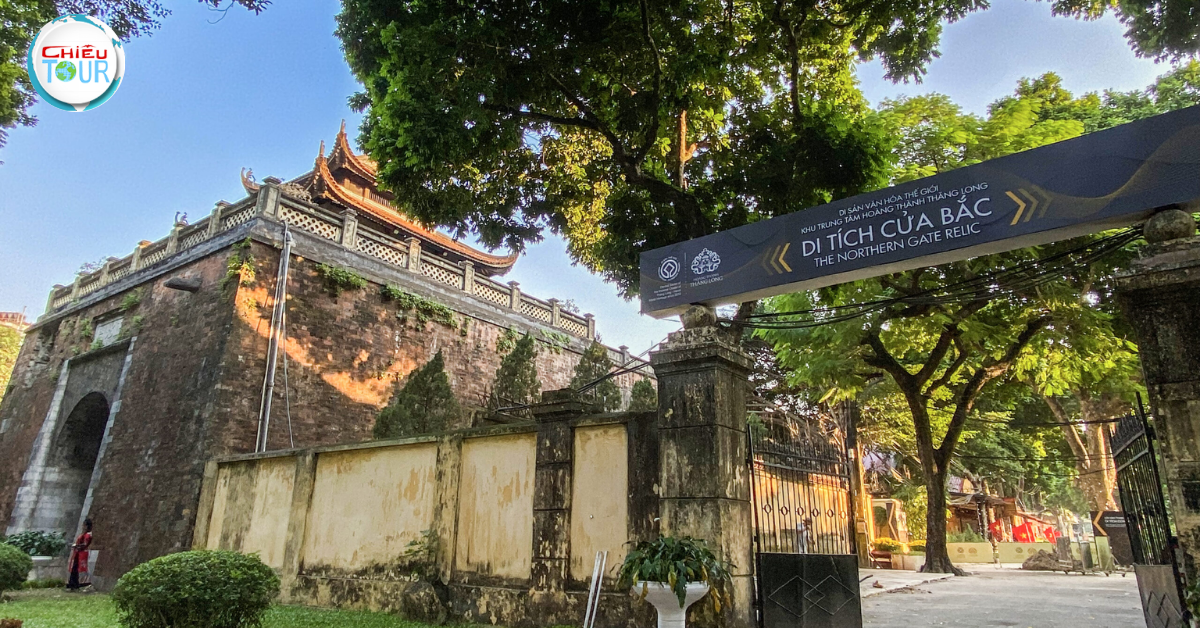
Political Landscape
Throughout history, the citadel served as the primary administrative center for several ruling dynasties. It was here that emperors made critical decisions, governed their territories, and engaged in diplomatic relations with foreign powers. The citadel witnessed the rise and fall of empires, each leaving its mark on the site.
In the context of Vietnam's turbulent history, the citadel played a pivotal role during key events such as the Mongol invasions in the 13th century and the colonial period in the 19th century. Its walls echoed with the strategies of brilliant leaders and the cries of soldiers defending their homeland. The citadel stands as a testament to the indomitable spirit of the Vietnamese people in the face of adversity.
Cultural Renaissance
The citadel also served as a cultural epicenter, where art, literature, and philosophy flourished. Scholars and artists congregated within its confines, exchanging ideas and creating masterpieces that would define Vietnamese culture. The fusion of local customs with influences from China and other regions resulted in a unique cultural renaissance.
Ceremonial practices, festivals, and rites observed within the citadel reflect the richness of Vietnamese traditions. The blending of spiritual beliefs and ancestral veneration created a vibrant cultural landscape that continues to resonate in contemporary society. This cultural heritage is a source of pride for the Vietnamese people and forms the foundation of their identity.
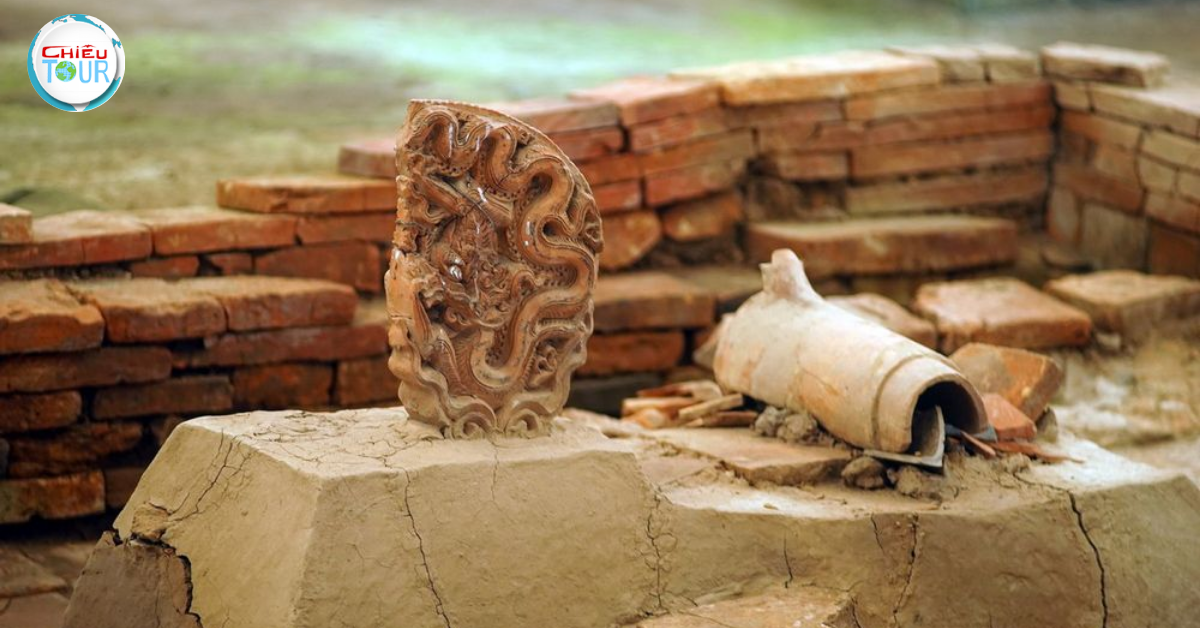
Educational Epiphany
As a site of historical education, Thang Long Imperial Citadel offers invaluable insights for scholars, historians, and curious minds alike. Guided tours, informative plaques, and interpretive centers complement the experience, providing context to the artifacts and structures encountered.
Visiting the citadel allows individuals to immerse themselves in the narratives that have shaped Vietnam's journey. It serves as a reminder that history is not merely a collection of dates and events but a living, breathing entity that informs present-day experiences. The lessons learned from the past can guide future generations toward a more informed and compassionate society.
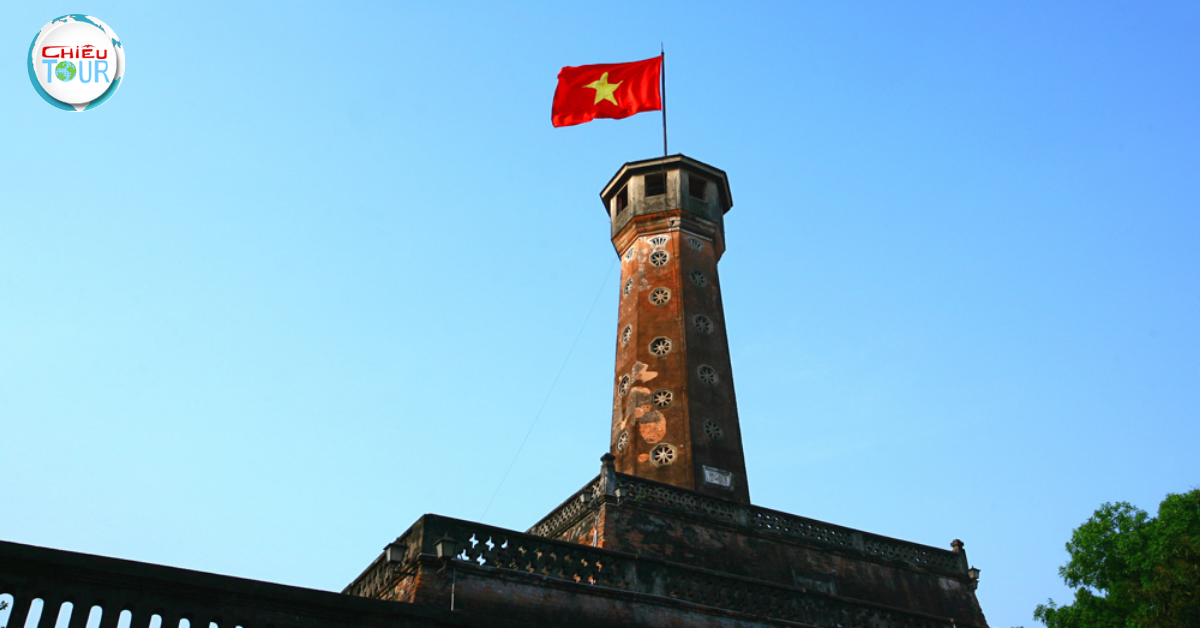
Conclusion
In conclusion, the THANG LONG IMPERIAL CITADEL - A HISTORICAL CAPITAL FOR ALL TIME encapsulates the essence of Vietnam's rich and diverse history. Its strategic location, architectural brilliance, archaeological significance, and cultural importance all converge to create a monumental site that attracts visitors from around the world.
As a historical capital, the citadel stands as a symbol of resilience, unity, and continuity amid the changing tides of time. Whether you are exploring its ancient walls, gazing from the Hanoi Flag Tower, or pondering the artifacts uncovered at the archaeological site, each moment spent within the citadel evokes a profound sense of connection to the past.
By preserving and celebrating the legacy of Thang Long Imperial Citadel, we acknowledge the sacrifices and triumphs of those who came before us. It serves not only as a reminder of what has been but also as an inspiration for what can be achieved moving forward. The citadel will forever remain a cherished cornerstone of Vietnamese identity—an eternal testament to a nation's enduring spirit.
 Vietnam
Vietnam 





